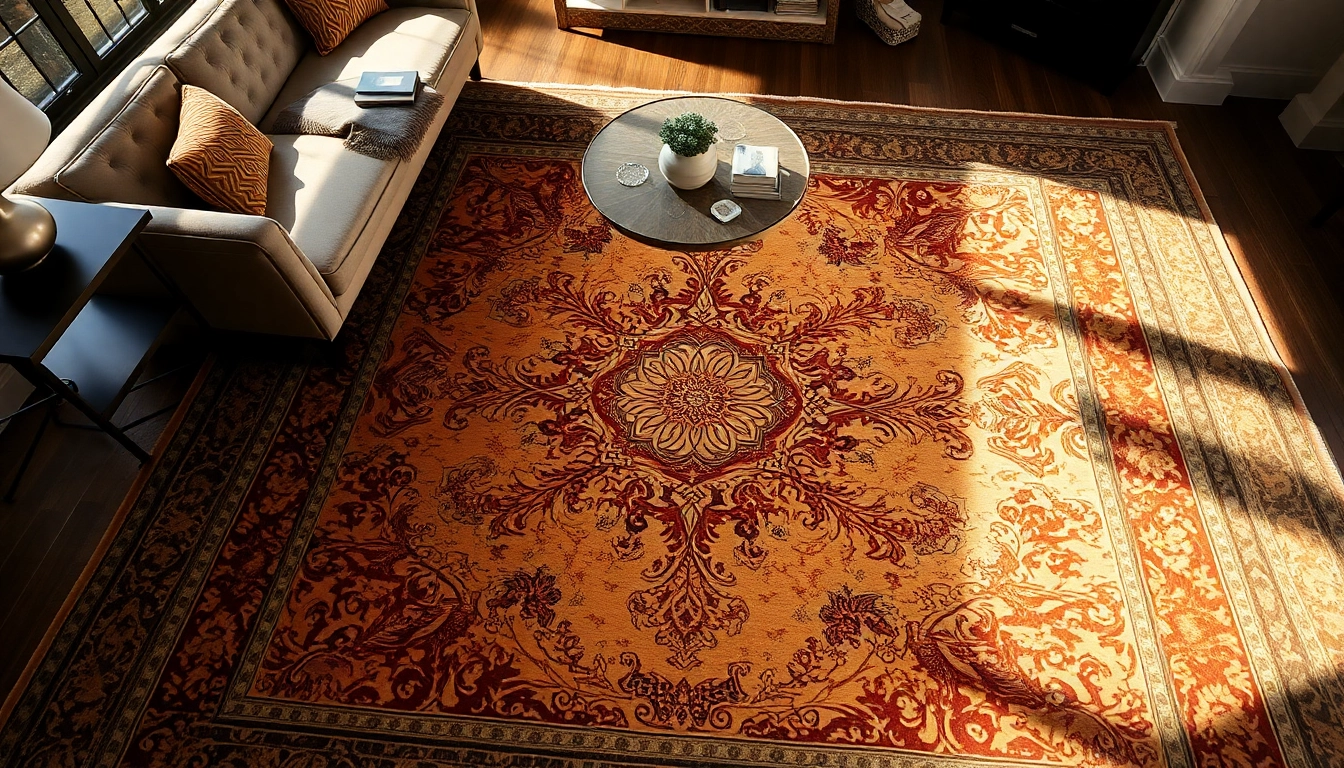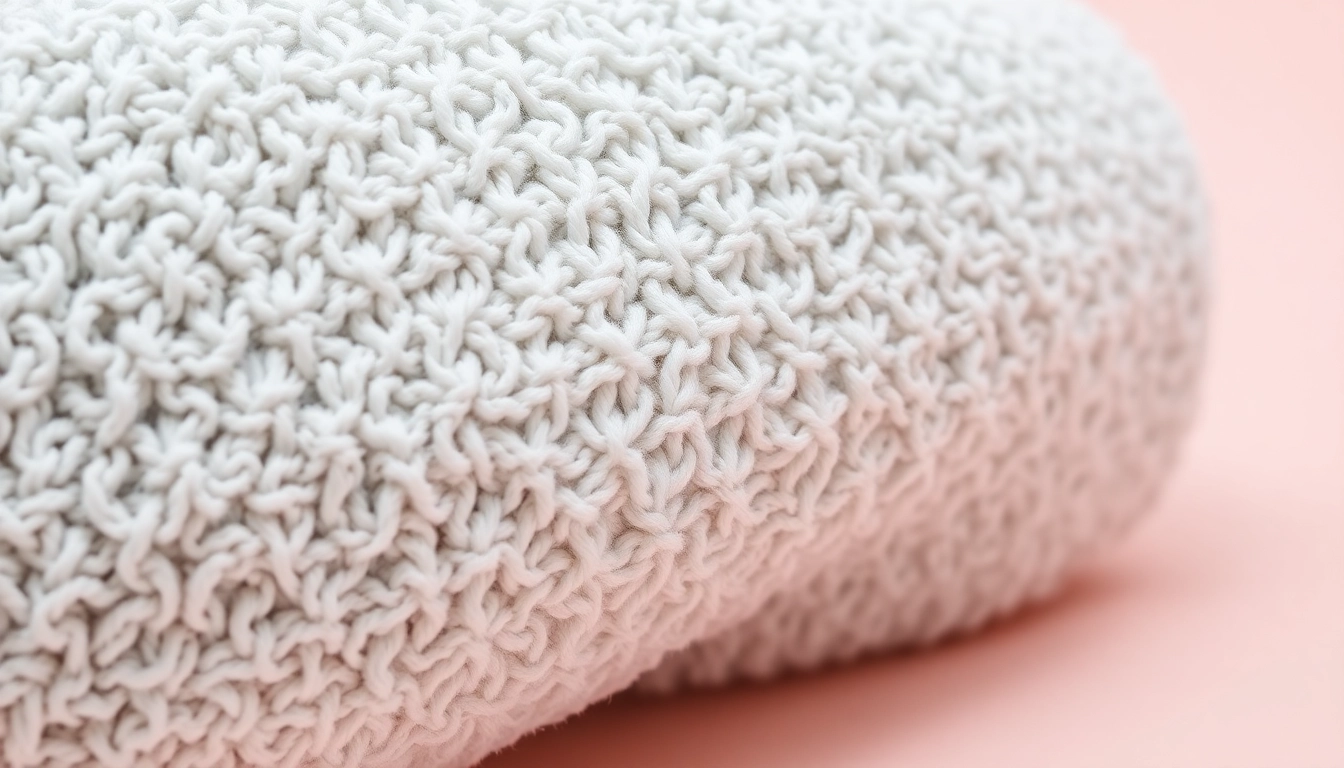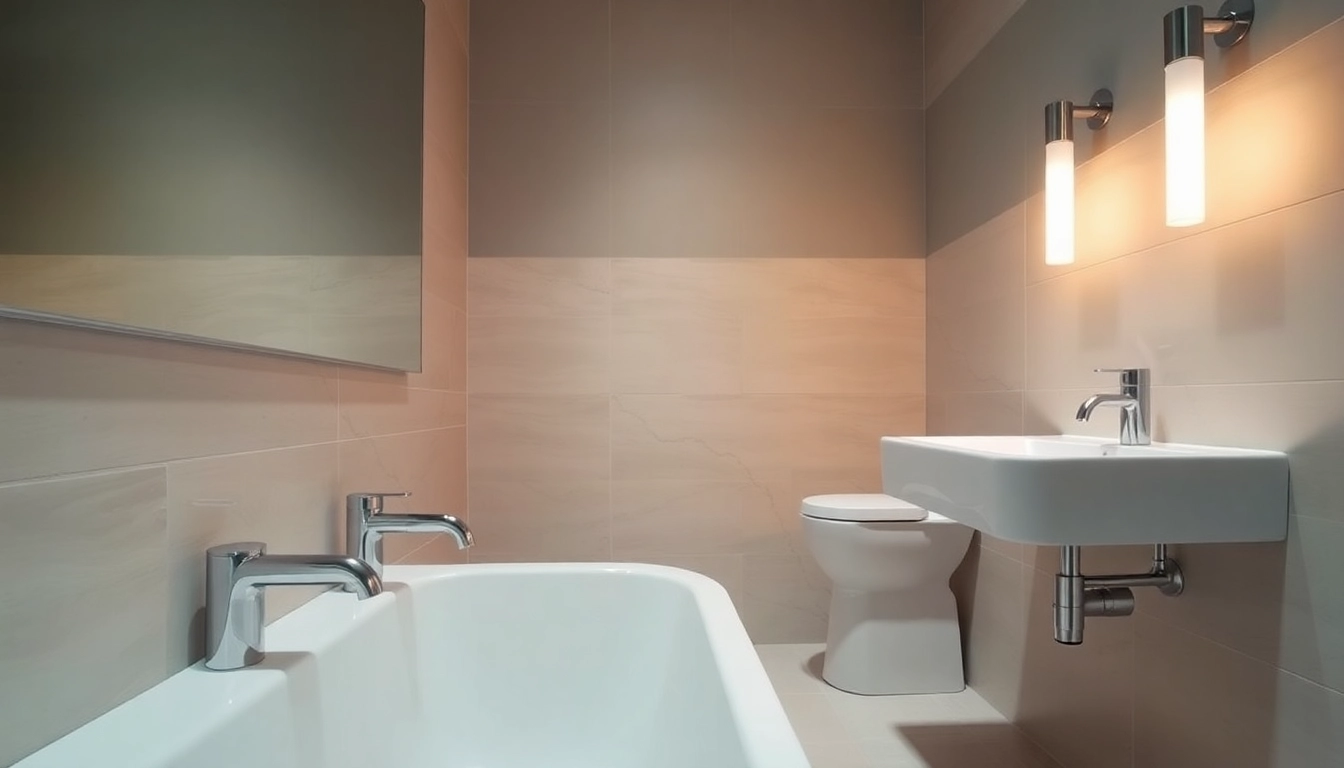Understanding the Heritage of Tappeto Persiano Milano
Milan, a city renowned for its rich history in fashion, design, and art, also boasts a deep appreciation for fine craftsmanship, including the timeless beauty of Persian rugs, or Tappeto persiano Milano. These exquisite pieces are not just decorative elements but embody centuries of cultural heritage, regional artistry, and meticulous craftsmanship. The presence of authentic Persian rugs in Milan reflects a confluence of tradition and modernity, where heritage pieces find a new life amidst contemporary interiors.
The heritage of Persian rugs is rooted in ancient Iran, where they have been produced for thousands of years. Originating from regional styles such as Tabriz, Nain, Qum, and others, each region developed distinct motifs, color palettes, and weaving techniques, showcasing local stories, symbols, and natural elements. In Milan, this heritage is preserved and celebrated through specialized shops, ateliers, and exhibitions, making it a hub for enthusiasts and collectors seeking genuine craftsmanship.
Historic craftsmanship and regional styles in Milan
Milan’s historical ties with Middle Eastern and Persian artisans stem from trade, cultural exchanges, and a cosmopolitan population that historically embraced diverse artistic influences. Several local stores and galleries, such as Artorient Milano, serve as contemporary gateways to discovering authentic Persian craftsmanship. These establishments often showcase regional styles, with Tabriz rugs featuring intricate medallion designs, Qum pieces known for their floral motifs, and Nain rugs exemplifying fine silk weaving.
Visitors and clients in Milan can explore heritage pieces that are often passed down through generations, restored, or created through artisanal techniques deeply rooted in Iranian tradition. The regional styles in Milan not only preserve these ancient weaving patterns but adapt them subtly to modern tastes, making them versatile yet authentic.
Key characteristics of genuine Persian rugs
Authentic Persian rugs are distinguished by several key characteristics:
- Materials: Made from natural fibers like wool, silk, or cotton, with high-quality pieces using silk for a luxurious sheen and finer detailing.
- Knotting techniques: Hand-knotting is the hallmark of genuine rugs, with Persian knots (also known as Senneh or Pile knots) providing durability and intricate designs.
- Patterns and motifs: Classic motifs include medallions, floral patterns, paisleys, and geometric designs, often symmetrically arranged.
- Colors: Rich, vibrant dyes derived from natural sources like roots, berries, and minerals, leading to timeless color palettes that age gracefully.
The rarity and value of a genuine Persian rug are closely linked to the quality of these attributes. A true Persian rug is a work of art, with each knot painstakingly tied by artisans who have inherited generations of expertise.
Difference between Persian and other oriental carpets
While all oriental carpets share some stylistic elements, Persian rugs stand out due to their specific weaving traditions, regional motifs, and craftsmanship standards. Compared to Turkish or Caucasian carpets, Persian rugs typically exhibit:
- Superior knot density: Often higher, which results in finer details and more intricate patterns.
- Distinct regional motifs: For example, Tabriz rugs feature medallions with ornate floral backgrounds, unlike Turkish carpets that may use geometric patterns.
- Color richness: Persian rugs are known for their vibrant, natural dyes, whereas some other regions utilize synthetic colors.
Understanding these differences helps collectors and buyers appreciate the unique value of Persian rugs within the broader category of oriental carpets.
How to Identify a High-Quality Tappeto Persiano Milano
Materials and knotting techniques to look for
Authentic Persian rugs in Milan should showcase top-grade natural materials, such as wool or silk, with a dense, tight knotting pattern. A high-quality piece will have a knot density of at least 150 knots per square inch (KPSI), with the finest reaching over 400 KPSI, ensuring detailed and durable craftsmanship. When inspecting a rug, examine the back to see the knotting pattern—clear, symmetrical knots indicate excellent technique.
Expert buyers also assess the loop and pile structures—smooth, even, and consistent across the entire rug signifies professional hand-weaving. Synthetic materials or irregular knotting are signs of lower quality or machine-made copies.
Color schemes and pattern authenticity
Colors in genuine Persian rugs are achieved through natural dyes, resulting in subtle variations and rich tones that deepen with time. Authentic patterns also follow traditional motifs, avoiding generic or overly symmetrical designs often seen in counterfeit products. Carefully examine the color transitions and pattern details for authenticity; natural dyes tend to bleed slightly during washing, and small irregularities in patterns are characteristic of handmade pieces.
Reputable stores in Milan will provide certificates of authenticity and provenance details, validating the rug’s origin and craftsmanship.
Signs of wear and restoration impact on value
While some aging adds character, signs of significant wear—such as unraveling, moth holes, or fading—can diminish a rug’s value unless tastefully restored by specialists. Restoration should respect the original craftsmanship; professional repair involves re-knotting, careful cleaning, and color retouching without compromising authenticity.
Buyers should inquire about restoration history, as appropriately restored rugs maintain their value and can even appreciate over time.
Buying Strategies for Tappeto Persiano Milano
Best places to purchase authentic Persian rugs in Milan
Milan offers numerous specialized outlets, including designers and reputable shops like Artorient Milano, Toranj, and Parsa Tappeti, which curate authentic Persian rugs. It’s crucial to buy from established dealers with transparent provenance and certification. Visiting showrooms allows prospective buyers to examine the rug’s details firsthand and receive expert guidance.
Auctions, art fairs, and estate sales are also viable venues for acquiring high-quality, rare pieces, often at competitive prices if one is knowledgeable.
Assessing price ranges and value for money
The cost of a genuine Persian rug varies widely based on factors such as size, material, regional style, age, and knot density. Entry-level authentic pieces may start around €200, while highly intricate, silk, or antique rugs can reach €10,000 or more. In Milan, typical prices for mid-range, modernly styled Persian rugs range between €1,000 and €3,000.
To ensure value for money, compare prices from multiple trusted vendors, request detailed certificates, and consider the rug’s provenance and craftsmanship quality. Recognize that investing in a genuine Persian rug can also be a long-term asset, appreciating over time.
Tips on negotiating and ordering custom pieces
Negotiation in Milan’s niche markets is often acceptable, especially for larger or custom-made rugs. Establish a rapport with dealers, inquire about discounts for cash payments, and consider buying during sales seasons. Custom orders—such as tailored sizes, specific motifs, or personalized color schemes—allow you to incorporate specific heritage elements, enhancing the rug’s uniqueness.
Work with experienced artisans and dealers who can advise on design consistency and authenticity, ensuring your custom piece remains true to traditional Persian craftsmanship.
Maintaining and Restoring Your Tappeto Persiano Milano
Proper cleaning and care routines
Regular maintenance preserves the beauty and longevity of Persian rugs. Gentle vacuuming (without the beater bar) helps remove dust and debris, ideally once a week. Avoid excessive moisture and direct sunlight; use UV-protective window treatments to prevent fading.
Professional cleaning by experts in Milan, using techniques suitable for natural fibers and dyes, is recommended every few years. Avoid DIY cleaning products that can damage dyes or fibers.
Restoration services and their importance
Restoring a Persian rug is a delicate process requiring specialized skills. Restorers in Milan utilize traditional knotting, dyeing, and patching techniques to repair moth damage, tears, or worn areas. Restoration not only preserves the aesthetic but also enhances the value and durability of the rug.
Always choose certified artisans with expertise in Persian craftsmanship to ensure authenticity and quality in restoration.
Storing to preserve quality over time
When not in use, store your Persian rug rolled, wrapped in breathable fabric, and placed in a cool, dry environment. Use acid-free materials and avoid plastic coverings that can trap moisture and promote mold. Elevate the rug off the ground to prevent pests or damage from humidity.
Periodic airing and professional inspections can help maintain its condition over decades.
Enhancing Your Interior with a Tappeto Persiano Milano
Design ideas for residential spaces
Persian rugs serve as statement pieces in any interior. Use them to anchor a living room seating area, add warmth to minimalist spaces, or create a focal point in entryways. Their rich patterns and colors complement both contemporary and traditional decor styles.
Consider pairing vibrant, patterned rugs with neutral furniture or contrasting modern accents to balance opulence and simplicity.
Complementary furniture and decor tips
To maximize the aesthetic appeal, match the rug’s dominant hues with decor items such as cushions, curtains, or artwork. Antique furniture or modern minimal pieces can both harmonize with Persian rugs, depending on your style preference.
Incorporate natural materials like wood, leather, or metals to elevate the overall ambiance, ensuring the rug remains a centerpiece.
Creating a luxurious and authentic ambiance
Authentic Persian rugs evoke a sense of tradition, luxury, and cultural depth. Layering rugs or using them as wall hangings can add texture and visual interest. For a truly authentic look, combine classic Persian elements with contemporary design, making the space both inviting and sophisticated.
Investing in a high-quality Tappeto persiano Milano can elevate your environment, making it timeless and uniquely personal.



